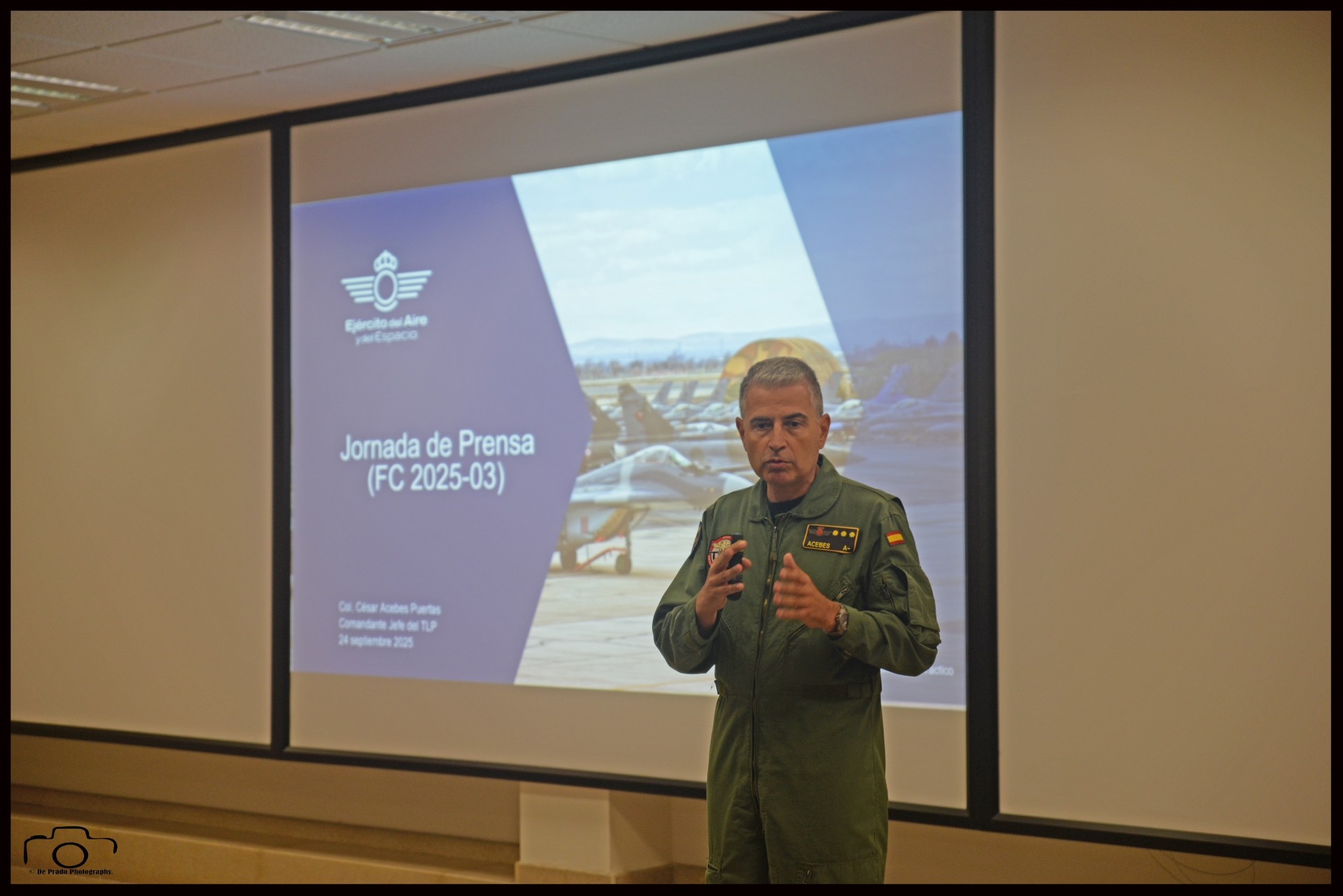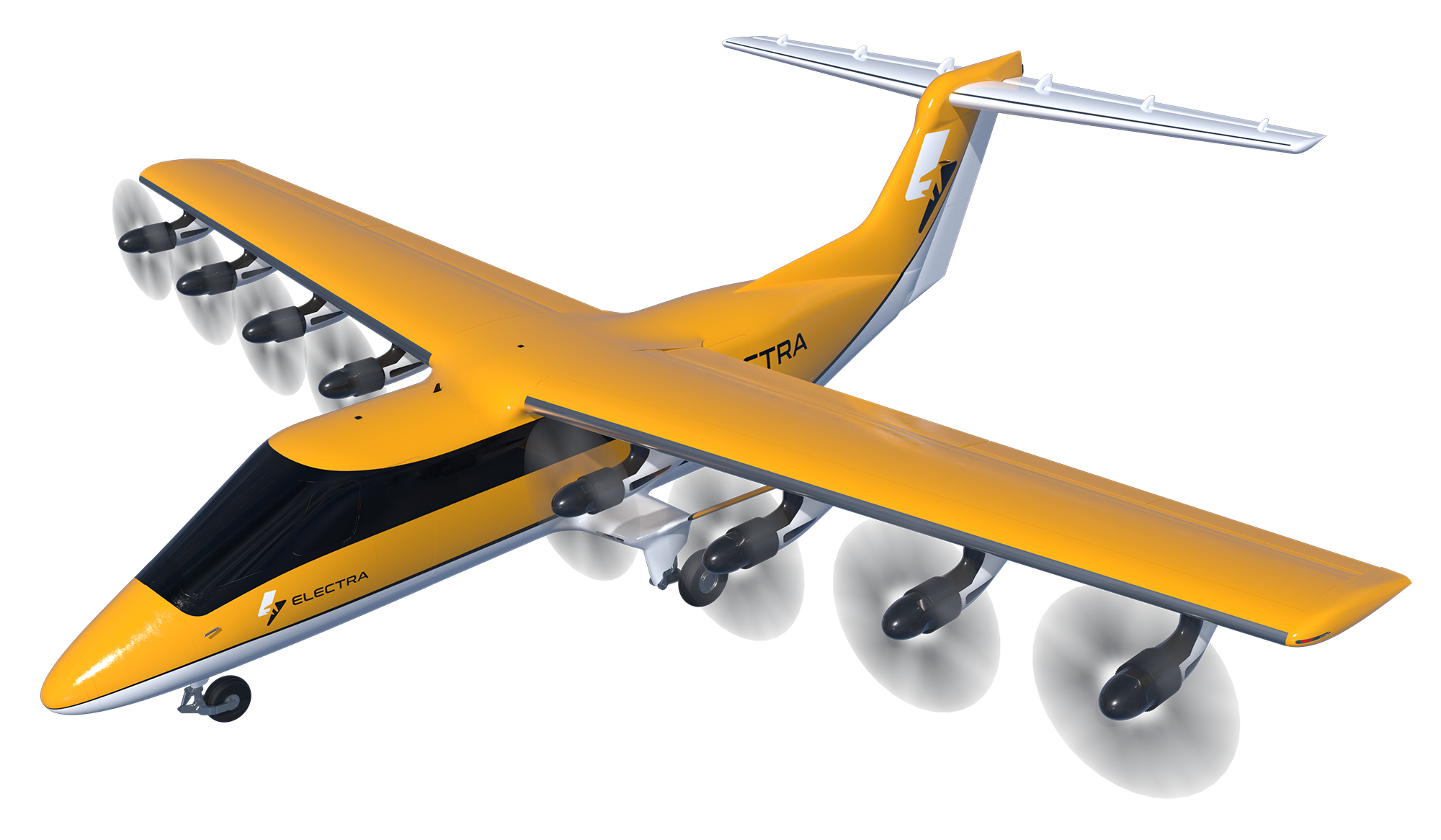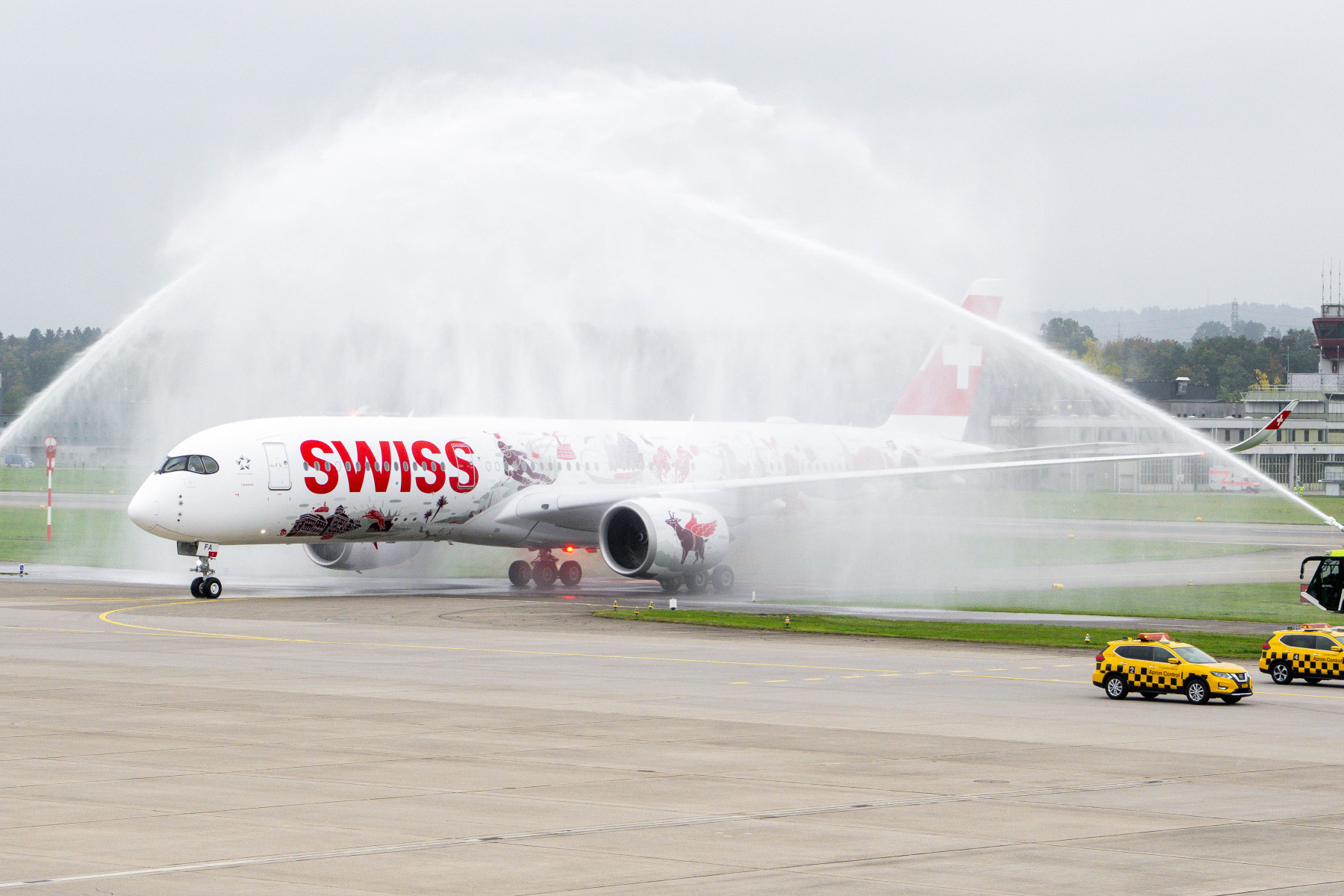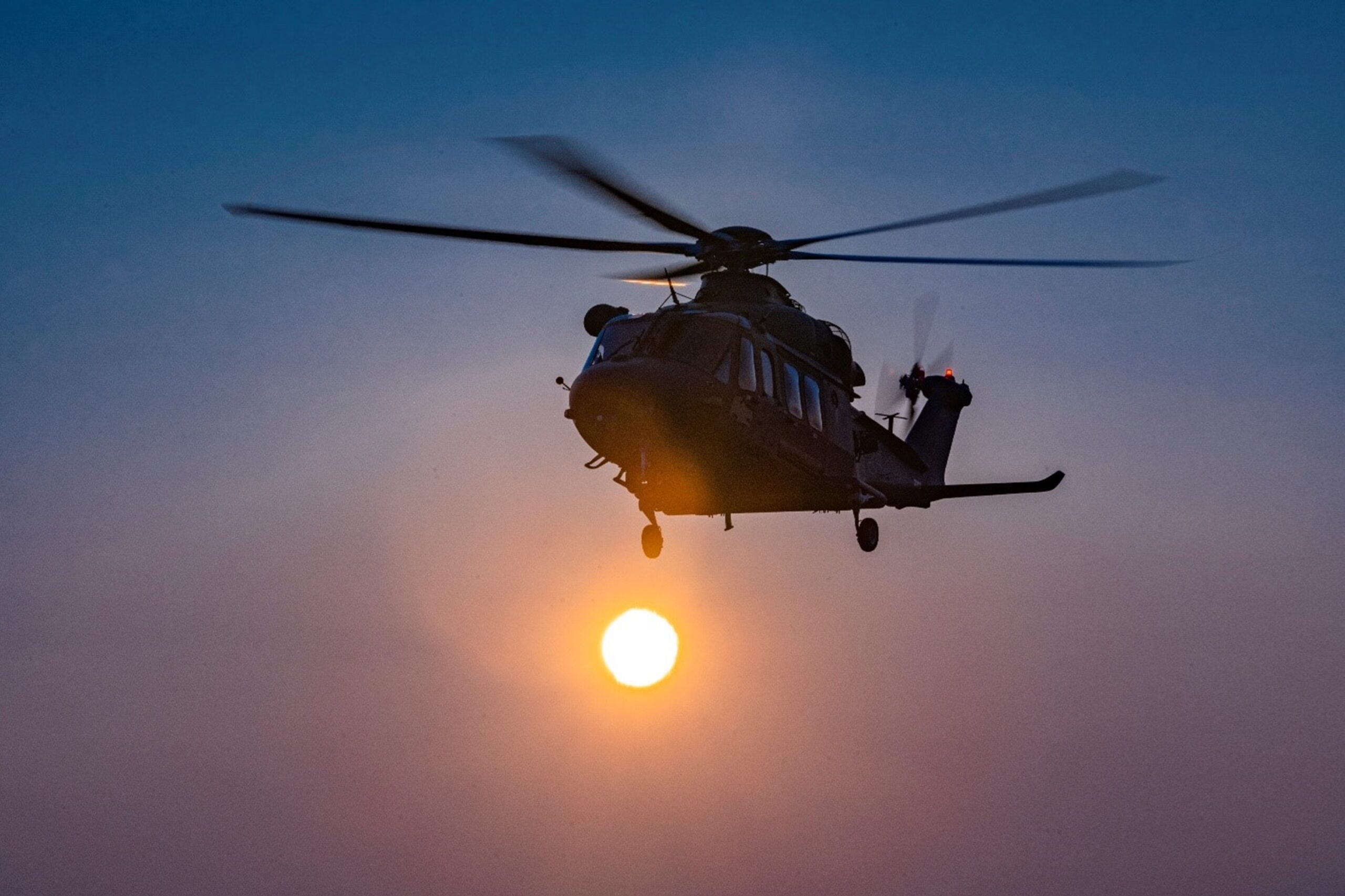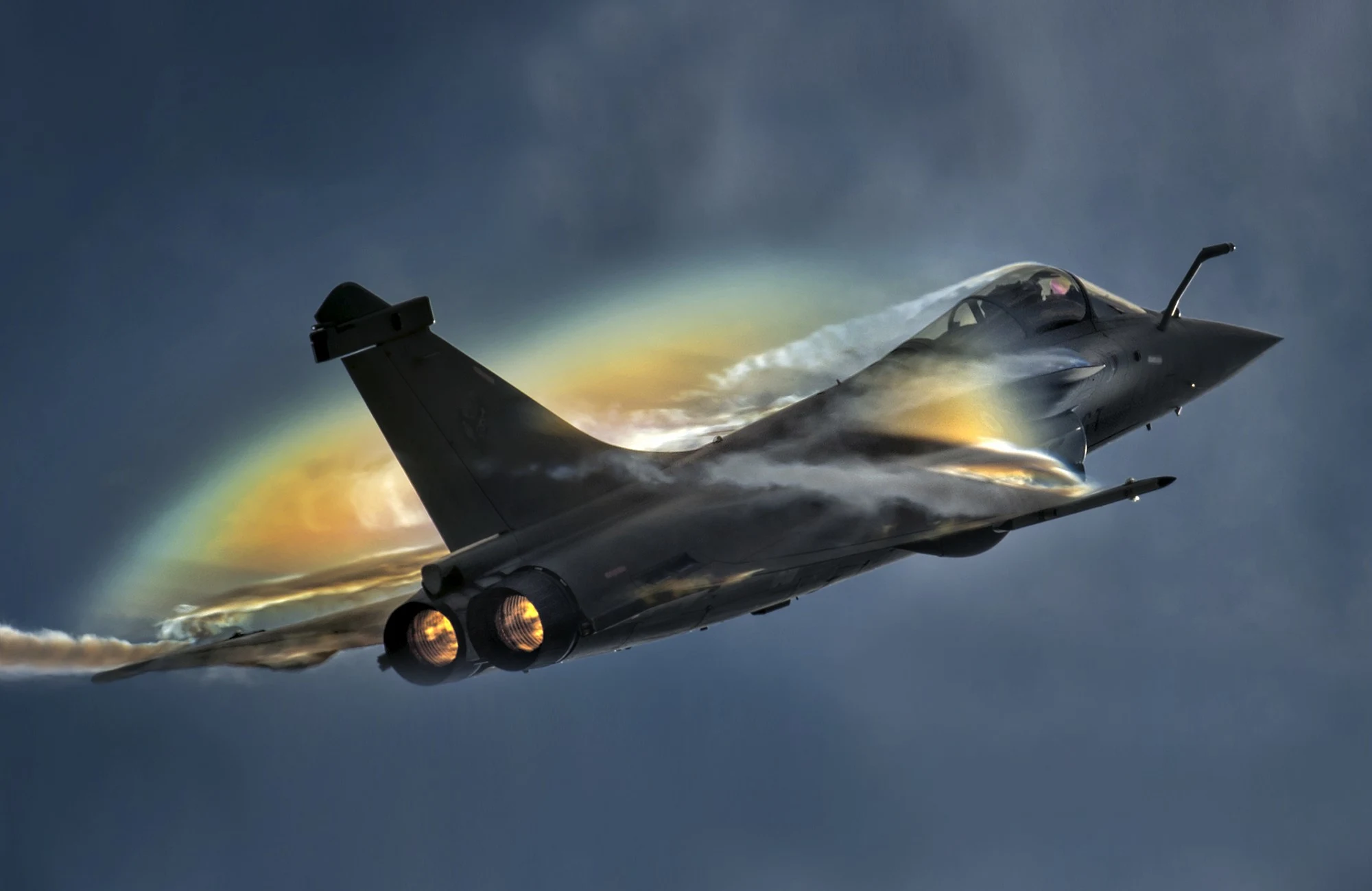Much has been said about the F-35‘s capabilities, and in this globalized and increasingly polarized world, what other alternatives do we have to Lockheed Martin’s F-35 Lightning II? Let’s analyze two possible alternatives, each of which will try to gain market share in the coming years, geopolitics permitting. The Russian Su-75 Checkmate and the Turkish KAAN.
Following the news that Indonesia is evaluating which model to acquire: the Russian Su-75 or the Turkish KAAN, which are more affordable than the American F-35. Let’s see what operational and performance differences we can find between these two aircraft models.
The Sukhoi Su-75 is one of two potential exportable fifth-generation fighters Russia has, along with the Su-57 Felon. Although flight testing has not yet begun and production is expected by 2027, the Su-75 is primarily intended for export, noted Dmitry Shugaev, director of the Federal Service for Military-Technical Cooperation (FSMTC).
The Su-75 project was unveiled during the 2021 Russian International Air and Space Show (MAKS) and subsequently unveiled its wings at the Dubai Air Show. Although not many details of the aircraft’s technical specifications have been published, we can reveal what has been published on Rostov’s official social media accounts, such as a speed exceeding Mach 1, a fuel load of between 6 and 7 tons, and a range of between 2,000 and 3,000 km. The radar could be an AESA design, adapted to the N036B Byelka. The auxiliary elements are likely inherited from previous projects such as the SU-57, enhanced with artificial intelligence, as is the combat helmet. The company also states that artificial intelligence will reduce or assist in various aspects of the aircraft, allowing it to focus primarily on target location and combat.
According to various media outlets, including the magazine “Ejércitos,” neither the wings nor the fins or the front end offer any notable innovations compared to other comparable aircraft, either in layout or otherwise. Perhaps the most talked-about detail is the trapezoidal air intake under the cockpit, widened toward the sides to shelter the side cargo bays and divided longitudinally into two ducts that appear to curve upward to feed the engine. In this way, they should, theoretically, enhance stealth, one of the most controversial aspects of the Su-57, despite the fact that over time, details about the internal configuration have emerged that have cleared up—only partially—the doubts. What is clear once again is that there is nothing to reduce the engine’s thermal plume, with solutions such as those adopted on the F-22 Raptor, for example, which seek to maximize stealth and thus the chances of being detected and engaged. So much so that the enormous vector nozzle of the Izdeliye-30 engine is completely exposed.
A determining factor in its export prospects would be its price, which is expected to be around $30 million. If true, it would be a determining factor for many countries with limited purchasing power. To date, there is speculation that it will be manufactured in three versions: a single-seat, a two-seat, and an unmanned flight version. Four prototypes are expected to have been built to date at the Sukhoi plant in Komsomolsk-on-Amur.
Regarding the other option, the Turkish TAI TF KAAN, called TF-X, made its first flight on February 21, 2024, from the Mürted Air Base. This project was initially initiated to find a replacement for the F-16 within the Turkish Air Force, and is expected to be replaced starting in 2030. And it is led by Turkish Aerospace. This project was initiated on August 5, 2016, with the signature of the Presidency of Defense Industries (SSB).
According to Turkish Aerospace, the KAAN achieves air superiority with:
• Extended range of air-to-air combat through advanced weaponry,
• Precise and accurate strikes from internal weapons bays at high/supersonic speeds,
• Enhanced combat power supported by artificial intelligence and neural networks.
At the same time, it provides a high level of situational awareness through rapid transfer of situational data to the pilot, helping the pilot maintain an optimized workload and keeping the pilot constantly informed of any potential damage that may occur.
In 2015, TAI presented three possible versions: the twin-engine FX-1, the single-engine FX-5, and the high-agility single-engine FX-6. Its main features are initially expected to be a Rolls-Royce EJ200 engine, but the possibility of the engine being produced by Trmotor, a subsidiary of TAI with F110 engines, is also being considered. The aircraft has a maximum speed of Mach 1.8, a thrust of 2 x 29,000 lb, positive/negative G limits of +9g/3.5g, and a ceiling of 55,000 ft. An agreement was also signed with Bae Systems to provide engineering assistance, valued at £100 million.
The systems and capabilities, as required by the manufacturer, include a Murad 600A AESA nose-mounted radar, an integrated electro-optical system, an infrared search and track system, a distributed aperture system (DAS) for global day/night imaging, and an infrared missile warning system (MWS). A CIT ICNAir-ASQ9683 integrated communications system and Mode5/S IFF.
Unlike the Russian aircraft, the unit cost has not yet been determined, but it is estimated to be around $100 million, depending on demand, configuration, and Turkey’s ability to sell the aircraft.


